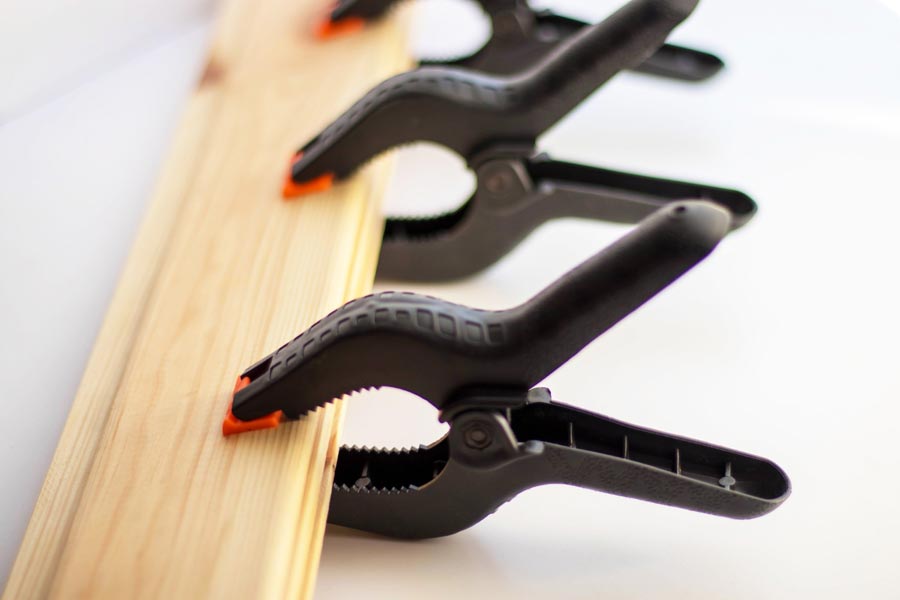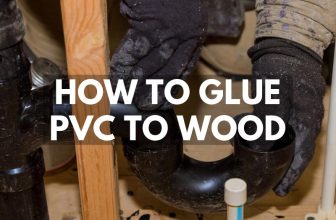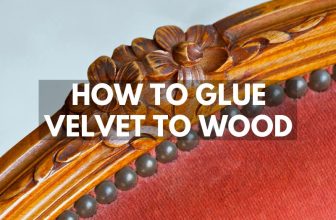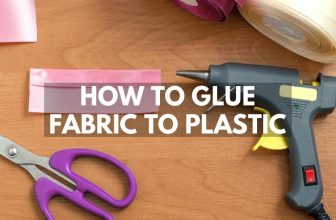
How do You Glue Plastic to Wood?
Gluing plastic to wood can be a hard task to complete because there are so many different types of plastic. However, gluing it to wood is easier than it seems. This guide will show you how to glue plastic to wood successfully.
Imagine, you are trying to stick a plastic item to wood, but it never stays on! You then need to think to yourself, have you got the correct glue? We are here to help with that problem!
Every adhesive will have different formulas for sticking certain objects, so not all glues will work for trying to glue plastic to wood. You need to work out the best glue to successfully stick to both surfaces which is why standard wood glues might not always work.
Which Glue for Plastic to Wood?
There are only 4 or 5 types of glue we would use to bond plastic and wood which are:
Expoxy Resin
This is the number one choice for the task at hand. Expoxy will harden this into resin plastic as it is a two-compound mix. This creates a very strong bond and will stick to almost every plastic. This does not include specific industry-grade plastics.
You can purchase epoxy from any local hardware store. To apply it, you can either put it directly onto the wood or plastic and press both parts together. Depending on the type of Expoxy you have, this will take 10 to 24 hours to completely harden.
Super Glue
Super glue is easy to use, and not very expensive. You can stick plastic to wood with the correct type of super glue. First, you need to identify the type of plastic you have, and then you can get the super glue.
Not all plastic will be able to stick with super glue. For application, apply a thin layer to either the wood or plastic and press both parts together.
It will take a few hours for the glue to completely dry and both parts will be bonded together.
Hot Glue
This is popular amongst hobby crafters. Hot glue works mostly on very heat-resistant plastics. It should not be used if the object will be outside or have direct sunlight on it for long periods of time, as it will melt.
To apply, place it onto the plastic first and quickly press it onto the wood. It will take a few minutes to cool down, but once cooled it will create a strong bond.
Contact Cement
Contact cement can be applied to a wide range of plastics. However, it needs a large surface area to create a strong bond. Additionally, you will need to use contact cement in a well-ventilated area.
For application, apply a thin layer to the wood and plastic. Then, wait for one to two minutes until the glue is dry to touch but slightly tacky.
It will then take up to 12 hours for the contact cement to dry. However, the bond will be very strong and permanent.

How to prepare plastic and wood before gluing?
Preparing the plastic is important to ensure there is a strong bond with the wood.
Just like when gluing perspex to wood, you will need first need to degrease the plastic. This involves cleaning the service to remove any loose dirt.
Next, you will need to abrade the plastic, which involves sanding down the surface. This will then need to be degreased again to remove any remaining dirt.
To prepare the wood before gluing, the surface will need to be cleaned, dry, and free from substances such as grease, oil, or wax. Prior to applying the glue to wood, cover it with a plastic sheet so it does not attract any loose dirt.
Depending on what your task is, each glue has its benefits to make sure you form that strong bond between the plastic and wood. Epoxy is the best choice to get this task done.
Not only will it create the strong bond you are looking for, but it is effective with most types of plastics and fiberglass.
Are you still thinking about what glue should you buy to stick plastic to wood? Well, with this glue guide, you are now equipped with the knowledge of what glue is best to stick plastic to wood.
The next best step for you is to find out what plastic you are dealing with. Then, head down to your local hardware store, or head online to Amazon if you don’t want to leave the house.
Then, it is time to get your glue!











